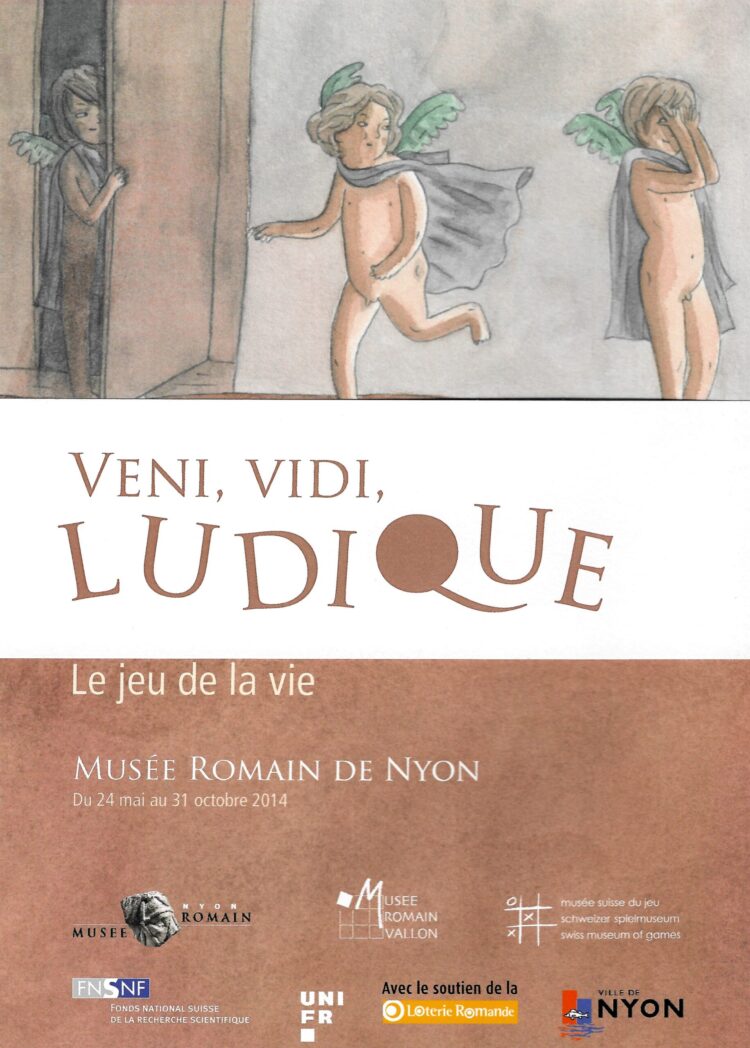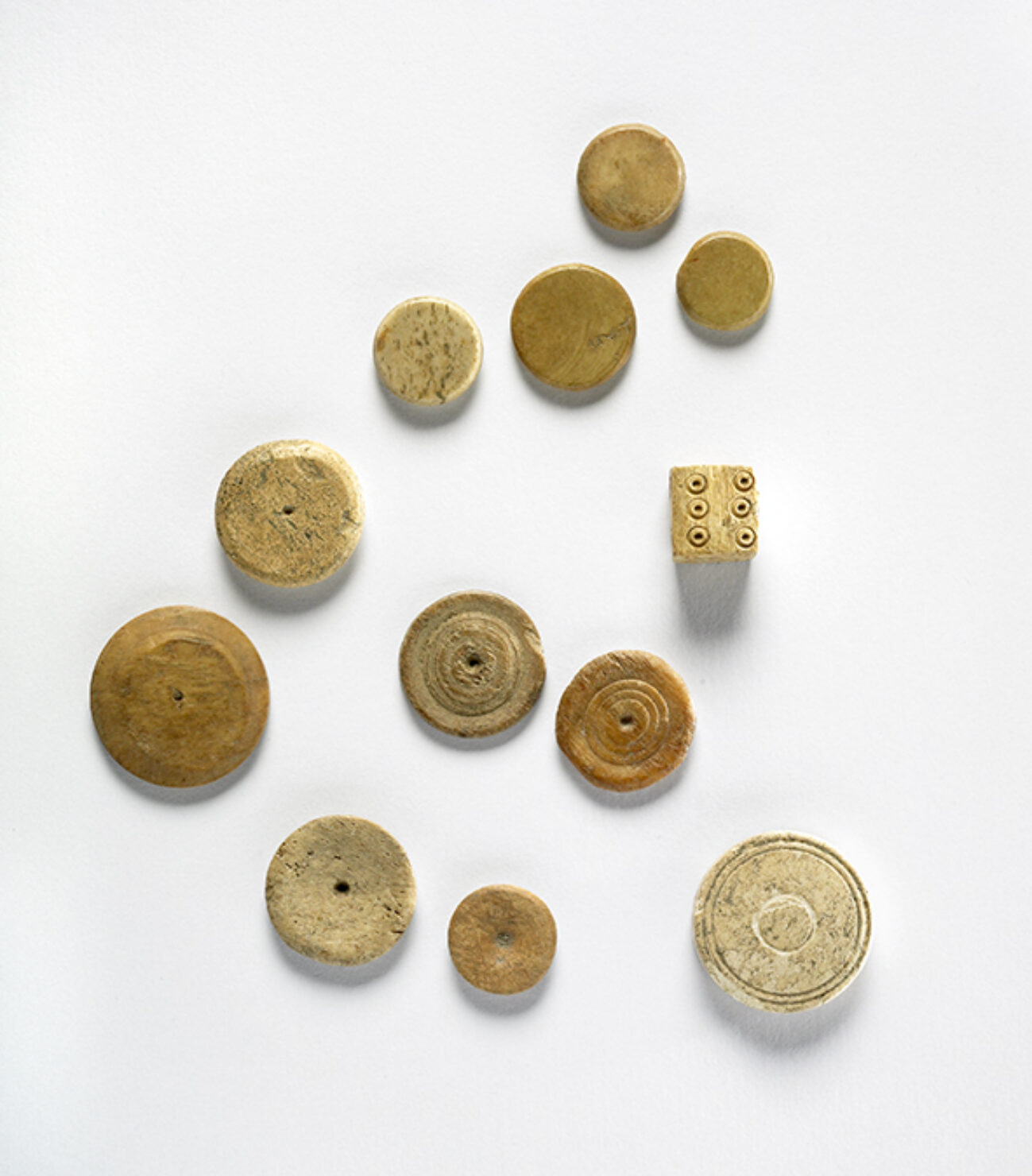
If life can be a game, then games are certainly part of life. It is inseparable from the history of humanity. In every society, games and toys are part of every stage of life. But what was it like in Greco-Roman antiquity? Did people play differently then than they do now? Did men play with women? Did children play with their parents? Did boys and girls play the same games? What do we still know about what amused and educated children 2,000 years ago?
Produced at the Roman Museum in Nyon under the direction of Véronique Dasen, Professor of Classical Archaeology at the University of Fribourg, with the support of an Agora grant from the Swiss National Science Foundation, this exhibition traces the place of games and toys in the life cycle, from infancy to adulthood, from rattles to collective games and games of chance. It identifies play practices that have remained unchanged and others that have disappeared.
The public is invited to join in the game of discovery. The rules are simple: at the end of the game, the many facets of play culture in Antiquity, linking childhood and ritual, man and gods, chance and divination, will be revealed to all.
The “Veni, vidi, ludique” project consists of three successive exhibitions in three different museums.
A publication has been produced to accompany the exhibition.
